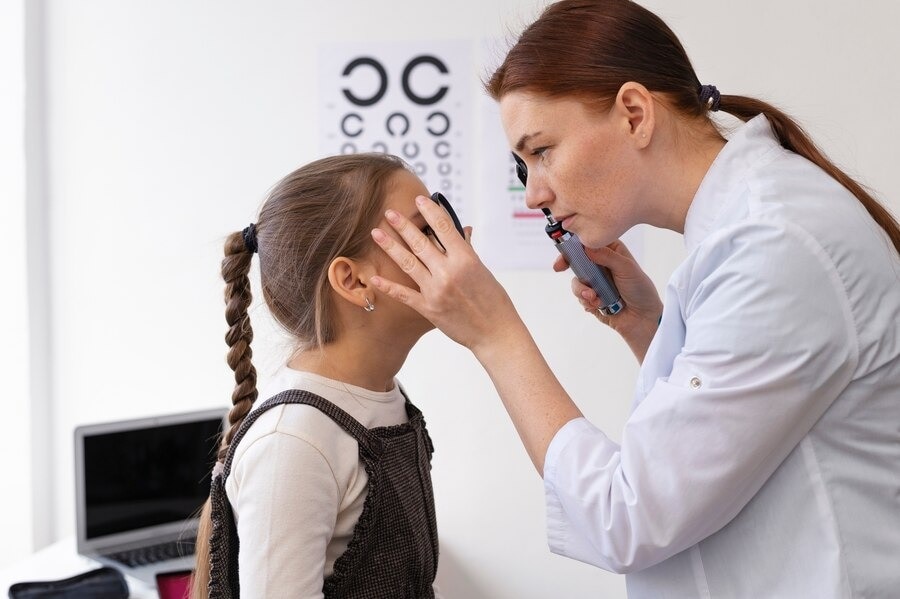Knowing the most common eye infections during monsoon and taking preventive measures can help keep your child’s eyes healthy and infection-free.
Monsoon brings relief from the scorching heat but also creates a conducive environment for various infections, including eye infections. Children are especially vulnerable due to their developing immune system and tendency to play outdoors. The increased presence of bacteria, viruses and allergens in the environment poses a major risk to eye health. Knowing the most common eye infections during this season and taking preventive measures can help keep your child’s eyes healthy and infection-free. Dr Rasika Khedkar, Senior Consultant, Sharp Sight Eye Hospitals, spoke to India.com and shared 5 common eye diseases during monsoon and effective strategies to prevent them.
5 common eye infections in children during the rainy season
- Conjunctivitis: This highly contagious eye infection spreads more during the rainy season due to increased humidity and contact with contaminated water. Symptoms include redness, itching and discharge from the eyes. To prevent conjunctivitis, it is necessary to maintain good personal hygiene, avoid sharing personal items such as towels and eye makeup and wash your hands frequently.
- Styes: These are painful, pus-filled bumps near the edge of the eyelid, often caused by bacterial infections. To prevent styes, one should avoid rubbing the eyes with dirty hands and make sure to maintain proper hygiene.
- Fungal infections in the eyes: Fungal infections may increase during monsoon due to the proliferation of fungi in humid conditions. Symptoms may include pain, redness, blurred vision and discharge. To prevent fungal infections, it is necessary to keep the eyes dry and clean, use antifungal medications as prescribed by a doctor and wear protective eyewear in rainy conditions.
- Allergic reactions: Pollen and mold spores thrive in humid climates, leading to allergic conjunctivitis. Symptoms include red, itchy, watery eyes. To combat these, avoid going outside in high pollen conditions, use eye drops that reduce allergens, and keep windows closed when pollen levels are high.
- Corneal ulcers: These are open sores on the cornea that can cause severe pain and blurred vision, often as a result of bacterial or fungal infections. Prevention includes using antibacterial or antifungal treatments as prescribed and wearing protective eyewear during heavy rain.
Tips for eye care during monsoon
- Personal hygiene: Wash your hands regularly before touching your eyes to avoid transmitting infections.
- Protective glasses: Sunglasses or goggles can help protect your eyes from rainwater and infected debris.
- Avoid contaminants: Stay away from areas with stagnant water, which can harbor bacteria and viruses harmful to eye health.
- Regular eye check-ups: Visit an ophthalmologist regularly to ensure any signs of infection are detected and treated early.
By staying alert and taking these preventive measures, you can enjoy the monsoon season without compromising your eye health.
